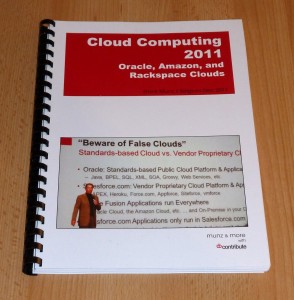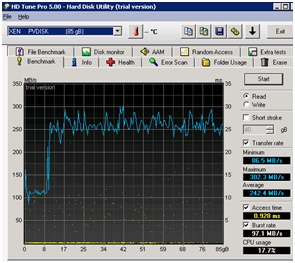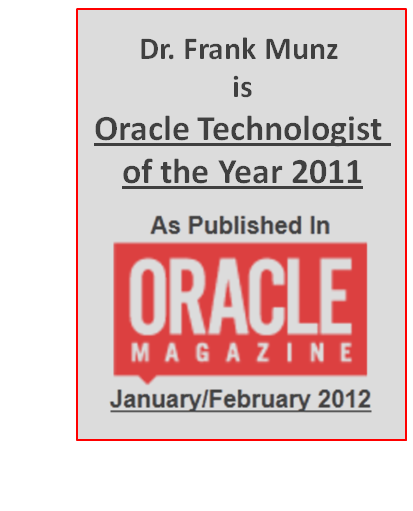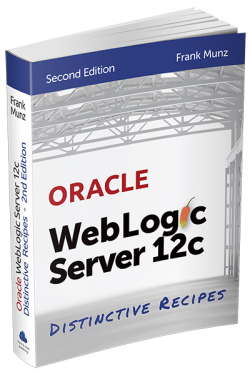Since today Oracle EM is available with the Relational Database Service in Amazon Web Services.
RDS instances come with a free trial for 60 days and there is no additional cost for OEM.
I recommend to read my Cloud Databases whitepaper to get started, follow the discussion of Oracle DB instances in this previous posting and give it a try yourself.
Here is a screencast that explains how to create an Oracle DB instance in AWS, how to enable OEM (just in case you are an admin) and how to connect to your cloud instance with a local installation of NetBeans (in case you are a developer).





 Oracle WebLogic Server 12c Book
Oracle WebLogic Server 12c Book Oracle Middleware and Cloud Computing Book
Oracle Middleware and Cloud Computing Book